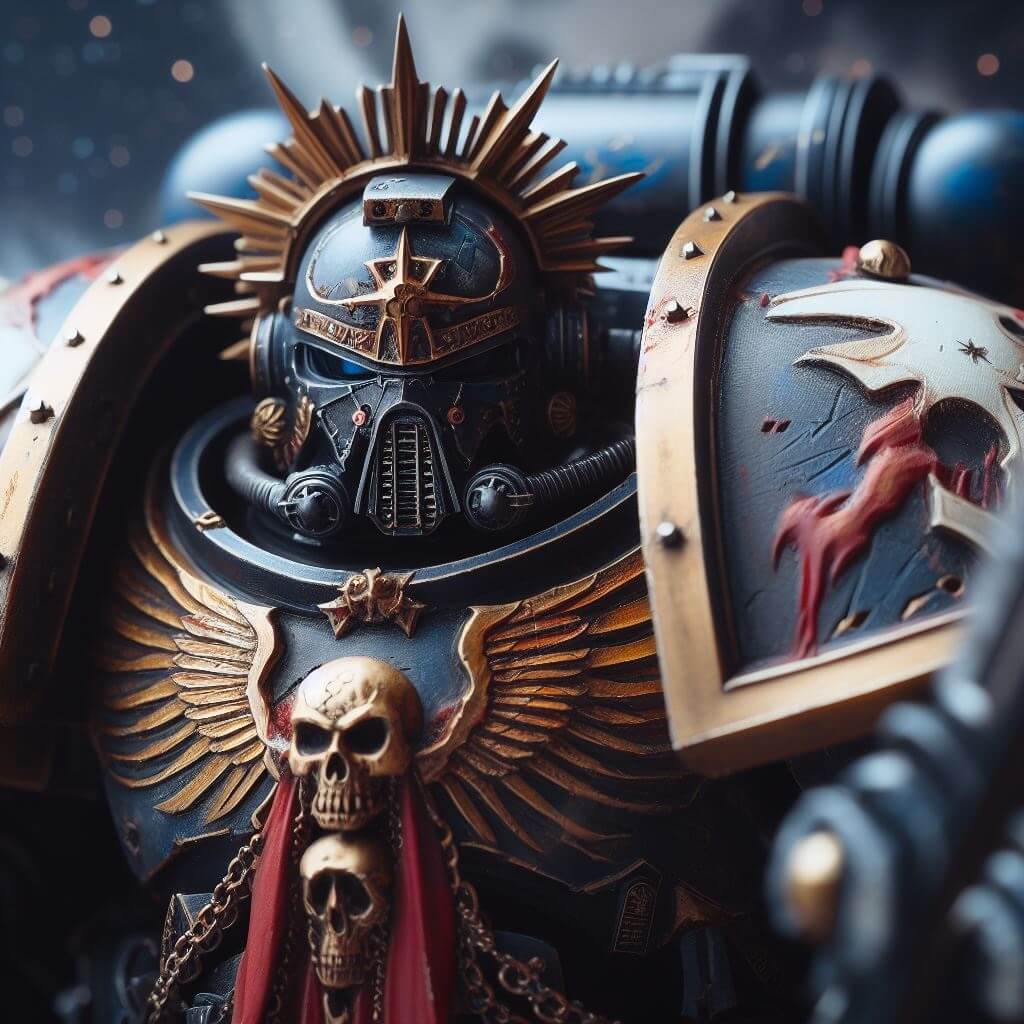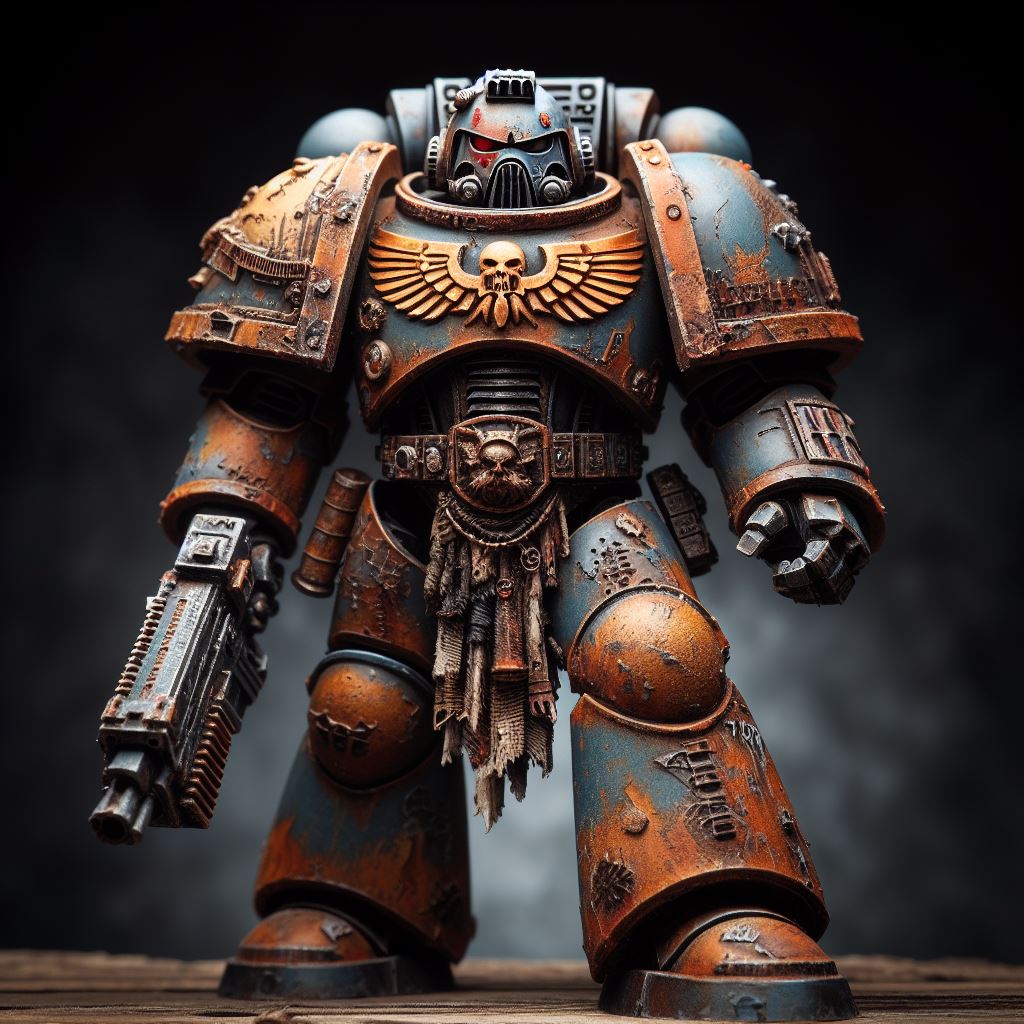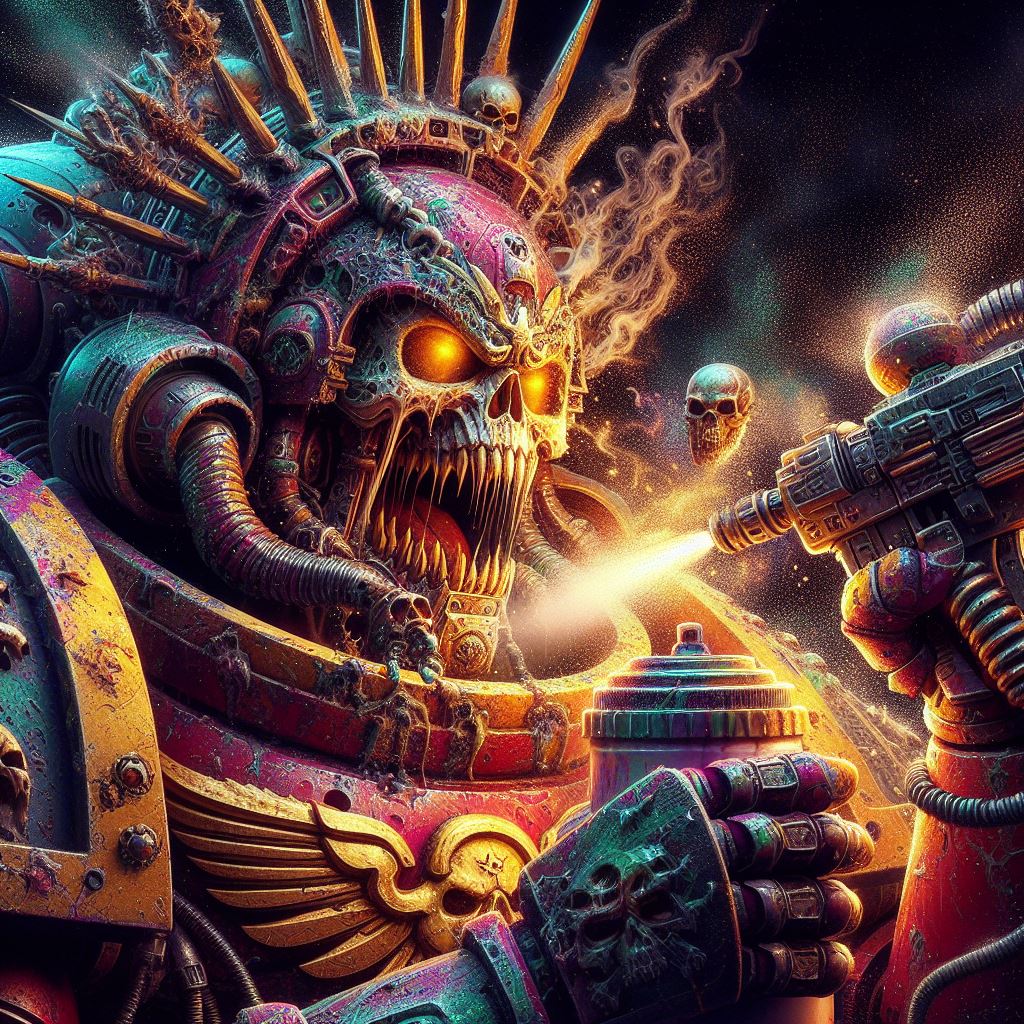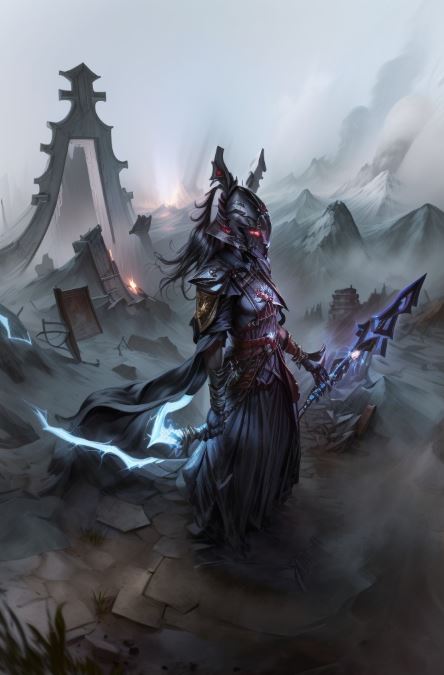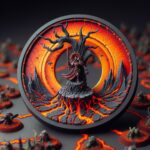Is 3D Printing Warhammer Legal? The Definitive Number 1 Guide
Is 3D Printing Warhammer Legal?: Short Answer
In short, yes! With the right 3D printer and appropriate files, you can indeed create your own Warhammer 40k miniatures. I’ve personally used both resin and filament 3D printers to craft stunning minis. For the highest level of detail and quality, resin-based printers like the Anycubic Photon or Elegoo Mars are top choices.
While filament printers offer a more budget-friendly option, the final quality will depend on the specific machine.
View our guide here on the Best 3d Printers for Miniatures
A Step-by-Step Guide to 3D Printing Warhammer Minis
If you’re new to the world of 3D printing, here’s a quick overview of the process:
- Obtain or Create STL Files: Start by finding a digital 3D model file in STL format. Free and paid files are available on platforms like Thingiverse and MyMiniFactory. Alternatively, design your own using CAD software such as Tinkercad or Blender.
- Slice and Prepare the File: Use specialized “slicer” software to convert the STL file into printer-readable G-code. This step allows for customization of print settings.
- Choose Your Printer and Material: Select a 3D printer and filament/resin that aligns with your needs and budget. Fine-tune settings for optimal print quality.
- Print the Model: Transfer the sliced file to your printer and let it work its magic! Print times typically range from 1 to 12 hours.
- Post-Process and Paint: For resin prints, washing and curing are essential post-print steps. Painting your miniatures brings them to life with vibrant colors and intricate details.
Is 3D Printing Warhammer Legal?: Where to Find Legal STL Files for Printing Warhammer Models
While printing Warhammer minis for personal use is legal, selling 3D printed Warhammer miniatures for profit can lead to legal issues. Caution is advised when sourcing STL files. Consider these options:
Option 1: Design Your Own Original Creations – The safest route is to design your own unique character and vehicle models from scratch. Free 3D modeling software like Blender and Tinkercad allows you to unleash your creativity without legal concerns.
Option 2: Stick to Sites with Designer Approval – Many 3D model designers permit printing of their files for personal use. Always review the license terms before downloading. Platforms like Cults3D, MyMiniFactory, and Thingiverse have systems in place to distinguish between printable and display-only models.
Option 3: Create Derivative Works – Another approach is to modify an existing Warhammer miniature to make it legally distinct. This falls under the category of “derivative works” – adaptations of copyrighted material. By significantly altering a model’s weapons, pose, or adding unique decorative elements, you can create a new, non-infringing piece.
The Legal Gray Area of 3D Scanning Warhammer Minis
3D scanning, which involves using cameras and software like Agisoft Metashape to digitize physical objects, can generate printable 3D model files. However, scanning purchased Warhammer minis is legally questionable since Games Workshop holds the intellectual property rights to those designs. While scanning for personal use may not raise immediate concerns, Games Workshop could potentially issue DMCA takedowns, as it constitutes copying their IP.
Is 3D Printing Warhammer Legal?: Why 3D Print to start with?
As a passionate tabletop gamer myself, I understand the appeal of 3D printing to save money in an expensive hobby. Here are the primary reasons people opt for printing their own Warhammer 40k miniatures:
Cost Savings: With individual Warhammer minis ranging from $25 to $100, 3D printed alternatives offer significant savings.
Customization: Express your artistic vision by designing original prints or kitbashing extra bits and weapons.
Availability: Out-of-production models can be recreated through 3D printing.
Duplication: Easily replace damaged minis or print multiple copies of troops at a low cost.
If ethical considerations surrounding file sourcing are a concern, consider supporting official releases or independent artists like Archvillain Games and The Makers Cult when possible.
Is 3D Printing Warhammer Legal?: Usage in Tabletop – What’s allowed?
The legality of using 3D printed Warhammer miniatures in gameplay varies depending on the context:
Casual Games: Among friends, using printed minis is generally accepted. Ensure prints have clear visual distinction for easy identification on the tabletop.
Pick-up Games: When playing with strangers, ask beforehand if using proxies is acceptable. Most players don’t expect 100% authentic armies in impromptu matches.
Tournaments: Carefully review event rules regarding proxy miniatures. Many allow a limited number of proxies if bases are correct and units are identifiable. Confirm with tournament organizers in advance.
Games Workshop Official Stores: To guarantee participation, all miniatures must be official Games Workshop or Forge World products, as per their strict authenticity rules.
Is 3D Printing Warhammer Legal?: Games Workshop Stance
The fear of legal repercussions from Games Workshop often deters people from 3D printing their iconic Warhammer miniatures. Here’s what you need to know about the actual legal risks:
Personal Use: The risk is virtually nonexistent. Games Workshop primarily targets commercial infringement, not individual hobbyists.
Selling Prints: Expect swift cease and desist orders or worse if caught selling 3D printed Warhammer minis. Games Workshop vigorously defends its intellectual property, especially against paid use at scale.
Creating “Inspired” Designs: For commercial purposes, creating original designs that are legally distinct from Warhammer IP is the safest approach. Focus on adapting rather than copying.
The Chapterhouse Studios lawsuit demonstrated that heavily derivative works can infringe upon Games Workshop’s intellectual property. Designs closely resembling Warhammer elements are likely to draw their legal attention.
Overall, Games Workshop rarely takes action against hobbyists enjoying their products for personal, non-commercial use. However, publicly flaunting mass IP infringement is ill-advised.
Is 3D Printing Warhammer Legal?: The Verdict
With the ever-advancing 3D printer technology capable of matching injection-molded quality, the temptation to forego expensive Warhammer kits is understandable. If ethical sourcing of files is a priority, supporting official releases or independent artists is recommended.
For personal use, feel free to print legally obtained or self-designed miniatures. Exercise good judgment when gaming with others, especially if using proxy models.
As 3D printing technology continues to advance and modeling software becomes more user-friendly, I anticipate a growing number of tabletop gamers will turn to printing their own Warhammer miniatures after weighing the pros and cons. This exciting trend bridges digital creativity with tangible gaming experiences.
Ultimately, engage with the hobby in a way that brings you the most joy.
Related articles
Get pro guidance on prepping and painting 3D printed miniatures for vibrant, durable tabletop models – works for beginners to advanced painters.
See how nozzle size selection impacts resolution, print speeds and quality when printing detailed miniatures or terrain.
Get going with 3D printing, painting and preserving miniatures – the essential guide to crafting and finishing robust tabletop models.
Apply smart support strategies for 3d printing and reducing failures when 3D printing challenging miniature overhangs and tricky geometries.
Discover budget kitbashing techniques for easily customizing Warhammer miniatures using parts across various srces.
Select the right primer paint for your 3D print’s material – get maximum paint adhesion and finish durability for acrylics.
See step-by-step guidance on dialing in cleanup and painting techniques for game-ready 3D printed miniatures.
Learn stringing removal techniques – apply temperature, retraction and cooling tweaks for smooth, clean 3D printed miniatures.
Get cost clarity by understanding 3D printing expenses – weigh printer, material, model and army size factors.

